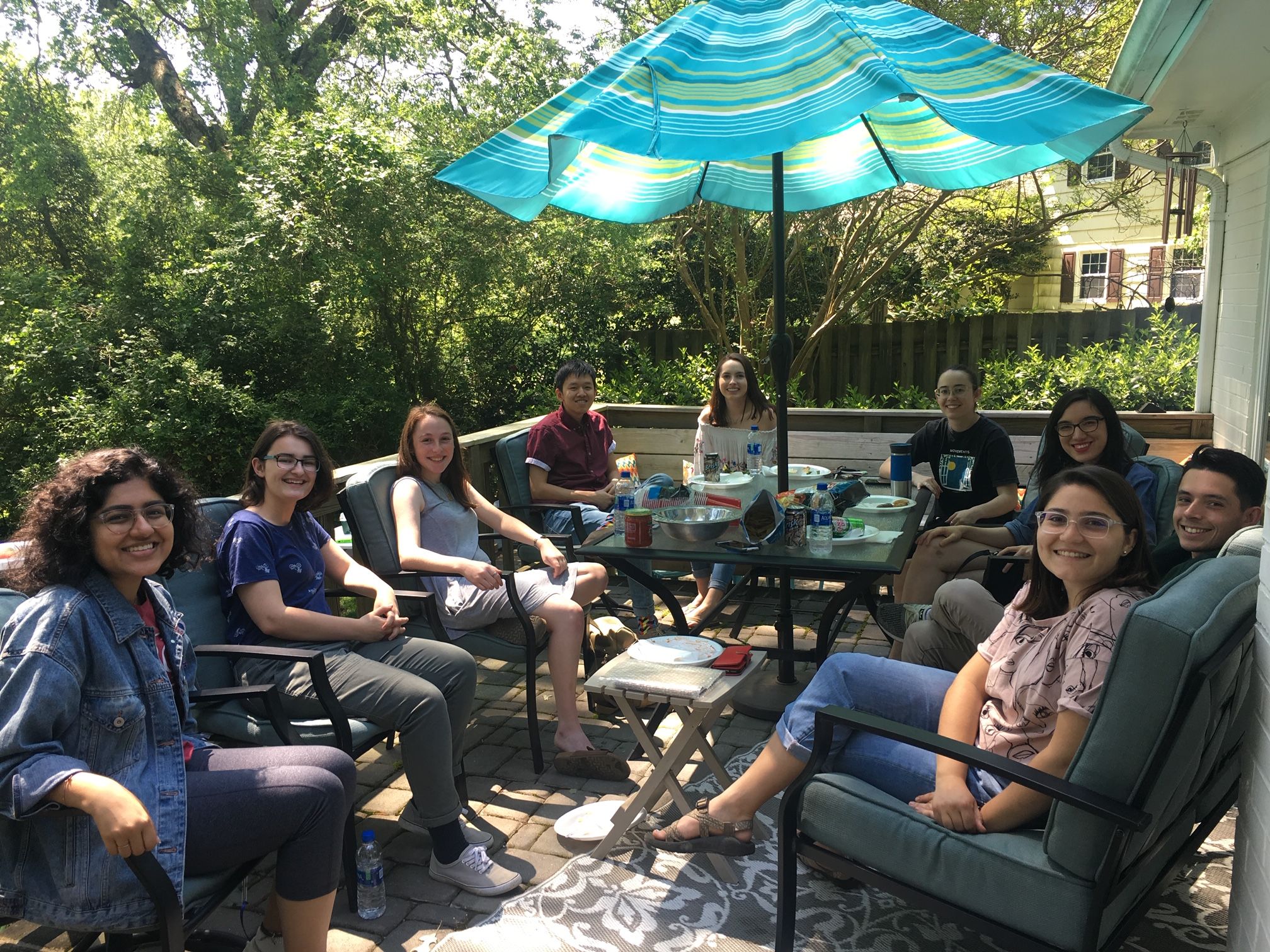
When I interviewed for a position as a consultant at William & Mary’s Writing Resources Center during my freshman year, I spoke about my dreams of becoming an English teacher. I said that by helping my peers with their writing, I would be able to build skills that I would need in my future career. I drew upon my experience at my high school’s writing center and marveled at how much my own writing had improved once I was asked to explain good writing to others. The director of the WRC, the great Dr. Sharon Zuber, agreed and hired me.
Now, as a full-fledged English teacher in Fairfax County, I am reminded of my time at the WRC every day. When I meet with students about their writing, I conduct the conference just as I would for a consultation at the WRC. I ask the student to read their paper out loud, paragraph by paragraph. I jot down notes on a piece of scrap paper. I show students how to correct their mistakes and ask them to apply their new knowledge later on. I search for those priceless “lightbulb moments” in which students’ eyes widen and a puzzle piece snaps into place. I even reward students who come see me after school for extra help with a mint or piece of candy, just as I would at the WRC.
But when I think back to my time at the WRC, the memories that are most prominent don’t involve writing conferences at all. I remember afternoons spent behind the welcome desk, shooting the breeze with my coworkers as we waited for our consultees to show up. I remember late night “study sessions” after the WRC had closed, which usually turned into a contest of who could procrastinate on their work in the most creative way. I remember gathering with my coworkers at Dr. Zuber’s gorgeous home on the York River during finals week, soaking in sun rays while singing the praises of our graduating seniors. Don’t get me wrong; the actual “work” of writing conferences prepared me for my future in the classroom. But simply basking in the brilliance of my coworkers was invaluable in that it showed me the importance of supporting one another in the world of education.
Looking back, I realize now how much I leaned on my coworkers. They covered shifts when I had scheduling conflicts and reminded me to submit my payroll forms. They shared treats with me on nights I had missed dinner and comforted me when a consultation went awry. Sometimes, even when I wasn’t scheduled to tutor, I would just sit in the WRC and watch my coworkers work their magic. Everyone was just so brilliant in their own way, and I wanted to soak up every ounce of their expertise.
Teaching is no different. My job would be borderline impossible without the constant support that I receive from my coworkers. I borrow lesson plans and handouts, workshop ideas, and ask for advice about difficult classroom situations. At the end of the year, I realized that nearly every member of the English department had supported me in some way. The success that I have experienced so far is largely rooted in the generosity of my peers, from helping me to rearrange bulky furniture to offering kind words of encouragement at the copier. I hope that I can reciprocate their kindness as my career continues.
For a bevy of reasons, I have always felt a need to prove myself as someone who is capable of succeeding on my own. I suspect others feel the same, especially those at William & Mary. However, the WRC family reminded me about the importance of collaboration and community. As the world becomes increasingly polarized, I hope that others will glean some knowledge from my time at the WRC. To me, the WRC was so much more than a tutoring service. It was a microcosm of the ideal working world, one that collaboratively supported its individual members to reach incredible heights.
Formerly a consultant at the W&M Writing Resources Center, Luc Nguyen currently teaches English in Fairfax County. You can read more of his writing at https://medium.com/@lucnguyen14.



 What is “good” writing? Many people mistakenly consider “good” writing to be characterized by long, flowing, flowery sentences that test, tease, and bend the rigid rules of grammar, using countless commas and unnecessary language and verbiage to lull the reader into a sense of complacency and confusion; that is, until the reader receives the pseudo-break of a semicolon, only to be thrown back into the baffling, confusing, and some could say perplexing, depths of a sentence that never seems to reach its foregone and tragically inevitable conclusion. There is a place for sentences like this, and that place is your personal diary or journal. However, superfluous writing does not belong in academic essays. In fact, I think that academic writing should be the exact opposite; it should be simple.
What is “good” writing? Many people mistakenly consider “good” writing to be characterized by long, flowing, flowery sentences that test, tease, and bend the rigid rules of grammar, using countless commas and unnecessary language and verbiage to lull the reader into a sense of complacency and confusion; that is, until the reader receives the pseudo-break of a semicolon, only to be thrown back into the baffling, confusing, and some could say perplexing, depths of a sentence that never seems to reach its foregone and tragically inevitable conclusion. There is a place for sentences like this, and that place is your personal diary or journal. However, superfluous writing does not belong in academic essays. In fact, I think that academic writing should be the exact opposite; it should be simple.